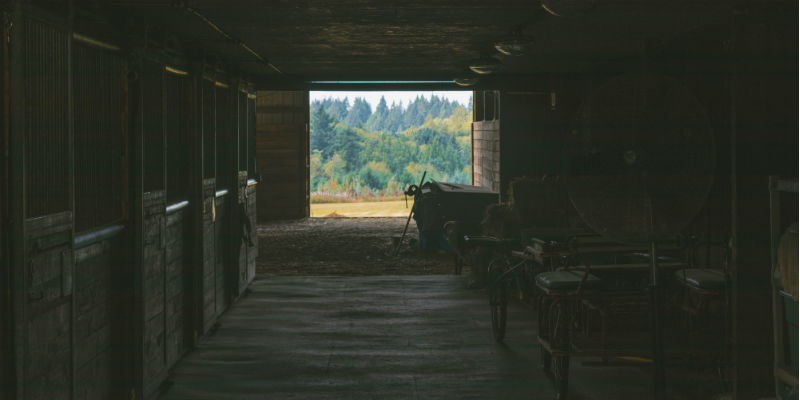The last piece of the puzzle when it comes to Colorado horse stalls is the type of door you should use in construction. For more information on Colorado horse stalls, check out our articles “Constructing A Colorado Horse Stall” and “How To Design A Colorado Horse Stall.” There are a plethora of door materials and configurations. The most common stall door types are swinging and sliding doors. Some doors cover the full length of the doorway while others are divided into two panels. Other doors partially cover half to three-quarters of the doorway, and other go all the way up. The type of door depends on your style. Work with your contractor in the kind of door that fits your style best.
Horse Stall Doors and Construction
Though the door style will differ from horse-owner to horse-owner, some things will be the same. First of all, the doors and doorjambs need to be durable. The average horse weighs upwards of a thousand pounds—not just any door will do to keep these animals inside their horse stall. You’ll need secure latches, and the door must be free of sharp edges or protrusions. Door guides on sliding doors should be rounded. Door latches should be operated with one hand. Keep door latches out of reach your horses, especially the escape artists.
Stall dividers should be at least two inches thick. Dividers are commonly composed of rough-cut oak or tongue-and-groove pine. Using anything softer than these wood types and you will be susceptible to kicking and chewing damage. Use pressure-treated lumber or plywood for the bottom boards. While boards may warp, plywood dissipates kicks and has a better strength-to-weight ratio. For information on horse properties for sale in Colorado, contact one of our horse-person realtors at Colorado Horse Property today.
Photo by Ryan Yeaman on Unsplash.

